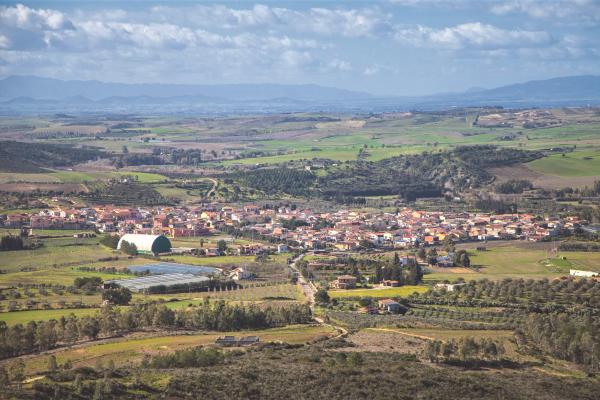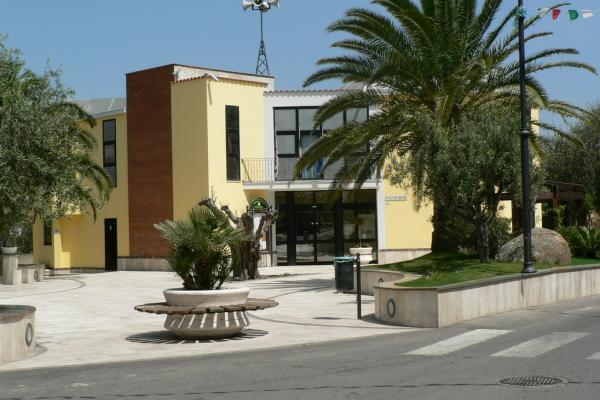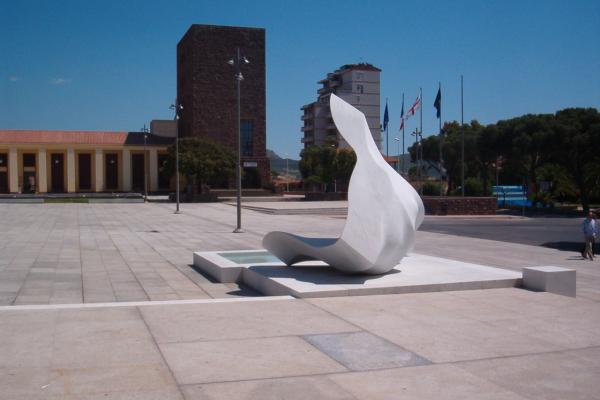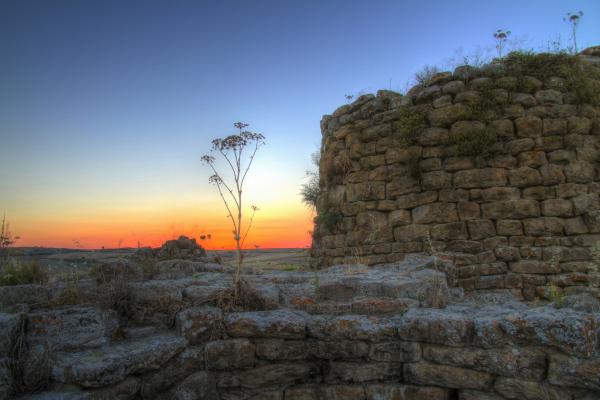Positioned 300 metres above sea level, Sant’Andrea Frius is set in an uneven and rugged landscape, comprised of hills, valleys and short plains, bathed by the Coxinas and Cirras streams, partly covered by ‘low’ Mediterranean scrub and moderately cultivated with orchards, almond groves, olive groves and vineyards. Sant’Andrea Frius is a town of 1,800 inhabitants in the historic subregion of Trexenta, the ancient ‘granary of Rome’, whose territory reaches right to the border of Gerrei. Its main resources are farming and agriculture, with the production of grains, fruit and vegetables, plus wine production. Its roots extend back to the Punic-Roman era, it having long been a strategic outpost when heading towards the centre of the island. Inside the inhabited area, the rich funerary equipment of a ‘cassone’ tomb were found. The Punic period is represented by the site of the Linna Pertunta close to the town, which has revealed numerous ex voto in terracotta conserved in the National Archaeological Museum of Cagliari. Remains of rustic villas date back to the Roman era.

Town
The agricultural hub of the Trexenta subregion in central-southern Sardinia and 35 kilometres from Cagliari, Sant’Andrea Frius has a long history and deep-rooted cultural and gastronomic traditions
The agricultural hub of the Trexenta subregion in central-southern Sardinia and 35 kilometres from Cagliari, Sant’Andrea Frius has a long history and deep-rooted cultural and gastronomic traditions
Pictures and videos
You may also like
More attractions in the vicinity
Nearby hotels and accommodations

SENORBÌ
6 km

SENORBÌ
7 km

SENORBÌ
7 km














